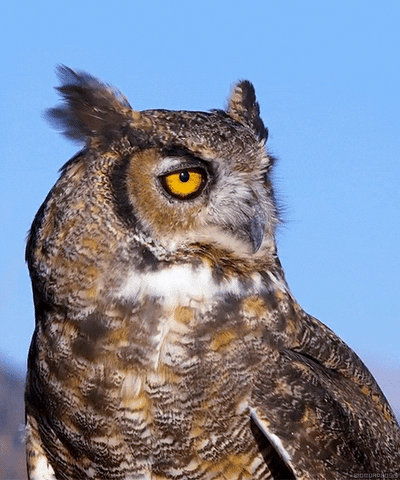
Activity Resources
Whether you want to learn more about an event you attended or you are preparing to see us soon, have fun exploring resources for some of our top activities.
Start exploring!


_edited.jpg)
_JPG.jpg)
Pollinator diversity
Even though bees are often the focus when it comes to pollination, there are many other species of insects that are important pollinators. Other animal groups including rodents, lemurs, and marsupials contribute to pollination but attract relatively low attention as compared to other pollinators such as bees and butterflies. So yes, the most diverse and abundant pollinators are insects, but vertebrates can also be effective pollinators. Birds are the most diverse with more than 1000 species recorded as pollinators. Bats are also documented as important pollinators of crops and wild plants. And did you know that nectar drinking lizards were recently documented?! Whoa! Diverse pollinators provide vital pollination services to both wild plants and cultivated crops. However, the existing gaps in pollination by the less studied pollinator groups may lead to underestimation of their overall role in the ecosystem. New Jersey is home to approximately 350 species of native pollinating bees. Many have very specific nectar and habitat requirements and may only spend a week or two as an adult visiting flowers while the entire rest of the year is spent as a larvae.
Where bees live
Many bees have very specific nectar and habitat requirements and may only spend a week or two as an adult visiting flowers while the entire rest of the year is spent as a larvae. Bumble Bees are colonial and have a nest or hive. Most bumble bees nest in hives in underground holes made by larger animals. Other bumblebees may have more creative homes. Some nest above ground in abandoned bird nests, grass tussocks or cavities such as hollow logs or spaces beneath rocks. In gardens, they may also use compost piles or unoccupied birdhouses. Other bee species are solitary or may be semi-colonial and choose to share suitable habitat space with others of the same species. Nesting needs can be highly specialized with many bees digging soil burrows and others depending on hollow grass and plant stems. Some species are called leaf-cutters and line their burrows with pieces cut out of leaves. The carpenter bee lives up to its name and drills holes into dry wood to build its home.
Elusive, mysterious, and loved, owls have a commanding presence that is inexplicable. From early Native American folklore to Aesop's fables to fables and superstitions of the Middle Ages, owls have been represented as wise and prophetic, bringers of good luck, and harbingers of death. They certainly have a hold over us, don't they? So who are these marvelous creatures really? Owls are raptors (birds of prey) which means they use their sharp talons and curved bills to hunt, kill, and eat other animals - even other owls! Many people are familiar with raptors such as hawks and eagles. Owls look quite different from these raptors; their unique traits makes this bird quite identifiable. Most owls have huge heads and stocky bodies. Most species are active at night (they are literally night owls), and of course, they have large, fixed eyes at the front of their head. Because their eyes are fixed, owls can turn their heads up to 270 degrees in either direction. Owls live on every continent except Antarctica. There are about 250 species of owls in the world.
%20model%20pose%20(2)_JPG.jpg)

If you've purchased a new cell phone lately, you know that a highlighted feature is the camera. Sophisticated technology has made the hobby of photography more accessible and sometimes, more complicated. The world has become smaller. We are able to commmunicate with each other in milliseconds. The most common means of doing so is with a picture or video. Makes sense, doesn't it? A picture is worth a thousand words after all. Knowing your equipment inside and out is a major plus for taking great pictures. Become one with the user manual of your camera or phone. Get involved with an online community of photography hobbyists for insight and support. Don't have the patience for any of that? That's okay! Go outside and snap away! Whether you're a fan of the "spray and pray", or you have the patience of a saint and are willing to learn by taking your time in the actual setting, you will be on your way to taking great pictures regardless of your equipment. Don't be fooled by thinking the most expensive camera is the way to go. Check out winning photos from high profile competitions. It's not always the camera - the skill of the person behind the camera is the most valuable piece of the photography puzzle.








